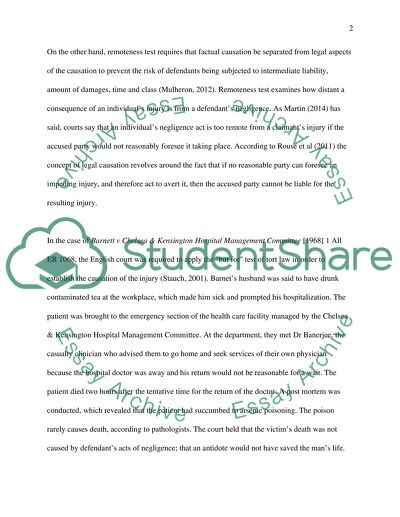Cite this document
(“Tort. Causation and remoteness of damage Essay Example | Topics and Well Written Essays - 2250 words”, n.d.)
Retrieved from https://studentshare.org/law/1632466-tort-causation-and-remoteness-of-damage
Retrieved from https://studentshare.org/law/1632466-tort-causation-and-remoteness-of-damage
(Tort. Causation and Remoteness of Damage Essay Example | Topics and Well Written Essays - 2250 Words)
https://studentshare.org/law/1632466-tort-causation-and-remoteness-of-damage.
https://studentshare.org/law/1632466-tort-causation-and-remoteness-of-damage.
“Tort. Causation and Remoteness of Damage Essay Example | Topics and Well Written Essays - 2250 Words”, n.d. https://studentshare.org/law/1632466-tort-causation-and-remoteness-of-damage.


